Article
Bridging Purpose and Power: How Tri-Sector Leadership Shapes Modern Influence, Governance, and Impact.
An article series written by Blake Tierney – Non-Executive Director and Former Deputy Chair
Blake Tierney is a dynamic leader with over 14 years of experience spanning commercial enterprises, industry associations, and charitable organisations, serving in both executive roles and on boards. His tri-sector expertise enables him to bridge perspectives across government, business, and civil society, driving strategic influence and meaningful change.
In this article series, Blake traces the evolution of leadership capability across three stages from influence, to governance, to systems leadership arguing that the future of impact lies in leaders who can navigate and align business, government, and community. It’s about how purpose-led organisations can move beyond passion to performance, and how leaders can use strategic discipline, cross-sector collaboration, and ethical influence to create meaningful, measurable change.
In this first of three articles, Blake draws on his deep experience in corporate affairs and not-for-profit leadership to explore how organisations can move beyond advocacy to build lasting influence.
From Advocacy to Influence: What the Not-for-Profit Sector Can Learn from Corporate Affairs
Australia’s not-for-profit sector excels at advocacy, mobilising communities, capturing hearts, and speaking truth to power. But advocacy alone doesn’t shift systems. Influence does. And the difference lies in strategy, structure, and storytelling.
In the corporate world, influence is never accidental. It’s deliberately built on stakeholder mapping, message discipline, and timing. Every initiative begins with a clear “ask,” aligned firstly to corporate priorities, then to government intel. It is supported by trusted relationships that endure beyond campaign cycles. The goal isn’t to shout louder. It’s to be heard smartly.
For many NFPs, limited resources mean strategy often gives way to urgency, where the organisation reacts instead of leading the discussion. Yet influence doesn’t demand a large budget — it demands clarity. Start with three questions:
- What change are we asking for?
- Who holds the power to make it happen?
- How do we engage them consistently, not just when funding or crises demand it?
As a former corporate affairs executive and board director, I’ve seen small, under-resourced organisations achieve national impact by reframing their message from a moral plea to an economic opportunity. They didn’t gain new funding; they gained focus.
For not-for-profits, influence is best achieved through purpose and persistence. Strengths in passion, community and storytelling when paired with communication discipline, will lead to strategic, long term achievements.
For CEOs and Chairs in corporates, influence isn’t a function of communication, it’s a function of alignment: between purpose, policy, and ultimately commercial performance.
In the next article of this series, Blake turns his attention to governance, exploring how purpose-led organisations can strengthen their boards without losing their soul.
Stay tuned for Good Hearts, Great Boards: Lifting Governance Standards Without Losing Soul.
share this
Related Articles






